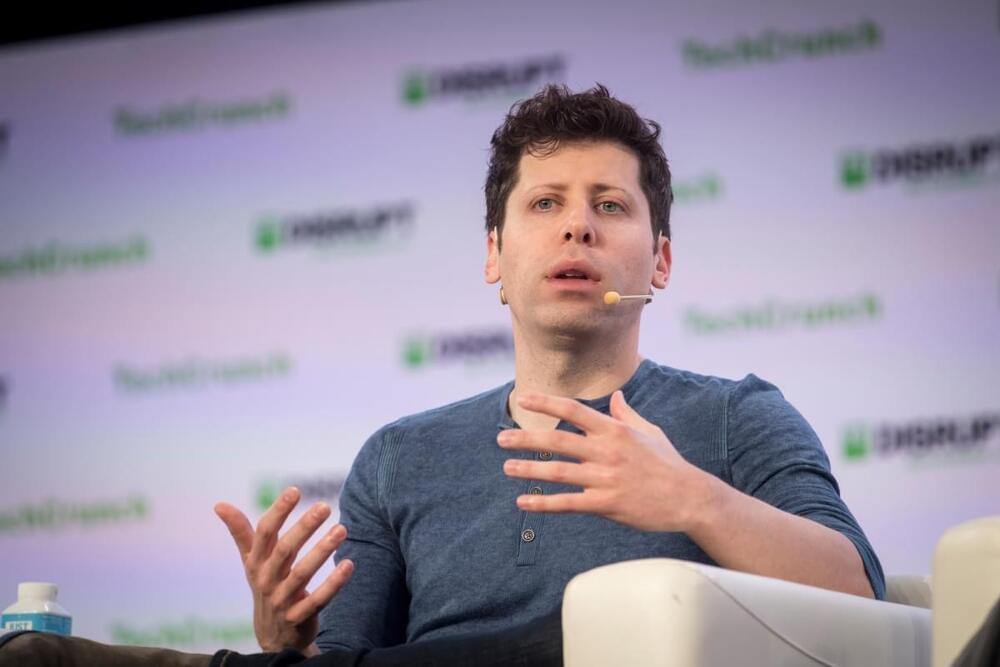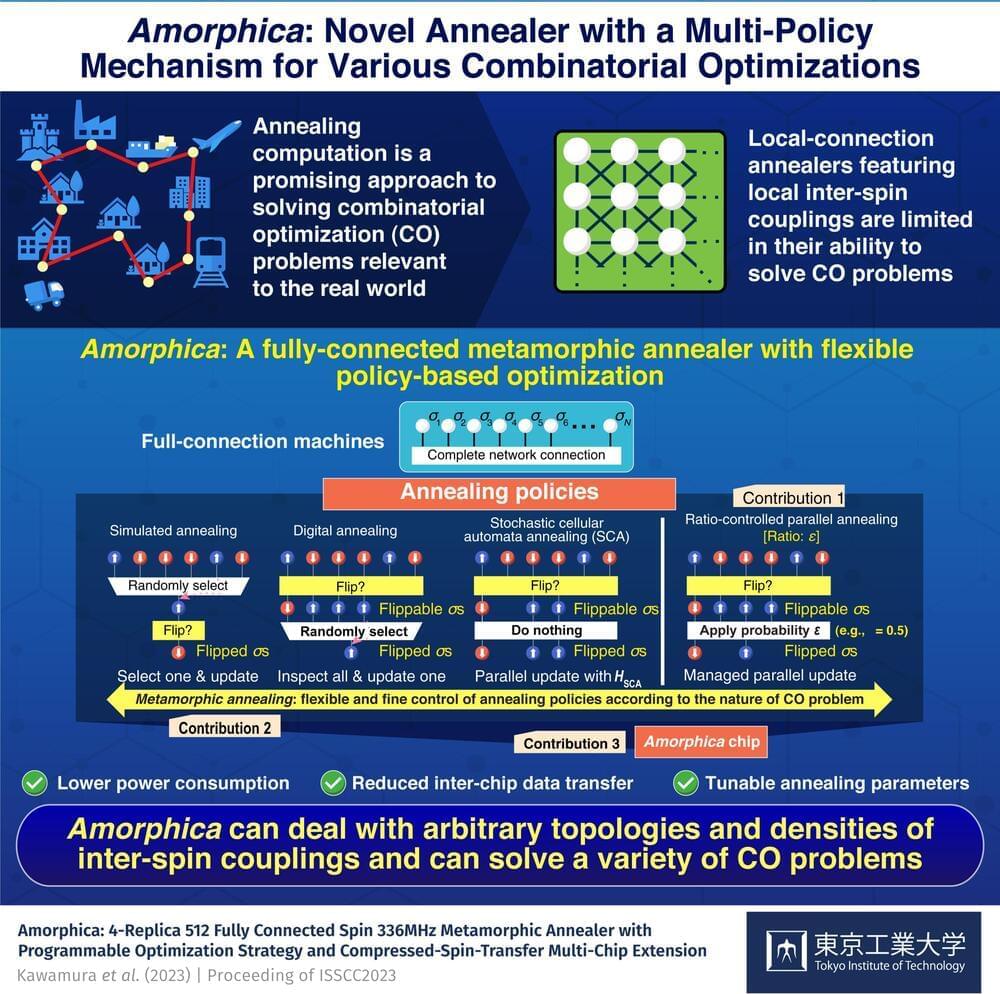Regeneration, Resuscitation & Biothreat Countermeasures — Commander Dr. Jean-Paul Chretien, MD, Ph.D., Program Manager, Biological Technology Office, DARPA
Commander Dr. Jean-Paul Chretien, MD, Ph.D. (https://www.darpa.mil/staff/cdr-jean-paul-chretien) is a Program Manager in the Biological Technology Office at DARPA, where his research interests include disease and injury prevention, operational medicine, and biothreat countermeasures. He is also responsible for running the DARPA Triage Challenge (https://triagechallenge.darpa.mil/).
Prior to coming to DARPA, CDR Dr. Chretien led the Pandemic Warning Team at the Defense Intelligence Agency’s National Center for Medical Intelligence, and as a naval medical officer, his previous assignments include senior policy advisor for biodefense in the White House Office of Science and Technology Policy; team lead for Innovation & Evaluation at the Armed Forces Health Surveillance Branch; and director of force health protection for U.S. and NATO forces in southwestern Afghanistan.
A proud mentor to nine graduate students and Oak Ridge Institute for Science and Education (ORISE) fellows, CDR Dr. Chretien received the Rising Star Award from the American College of Preventive Medicine, Best Publication of the Year Award from the International Society for Disease Surveillance, and Skelton Award for Public Service from the Harry S. Truman Scholarship Foundation. He has published over 50 peer-reviewed journal articles and 10 book chapters.
CDR Dr. Chretien earned a Bachelor of Science degree in political science from the United States Naval Academy, Master of Health Science in biostatistics and Doctor of Philosophy in genetic epidemiology degrees from the Johns Hopkins Bloomberg School of Public Health, and a Doctor of Medicine degree from the Johns Hopkins University School of Medicine. He completed his residency in general preventive medicine at the Walter Reed Army Institute of Research and fellowship in health sciences informatics at the Johns Hopkins University School of Medicine.




